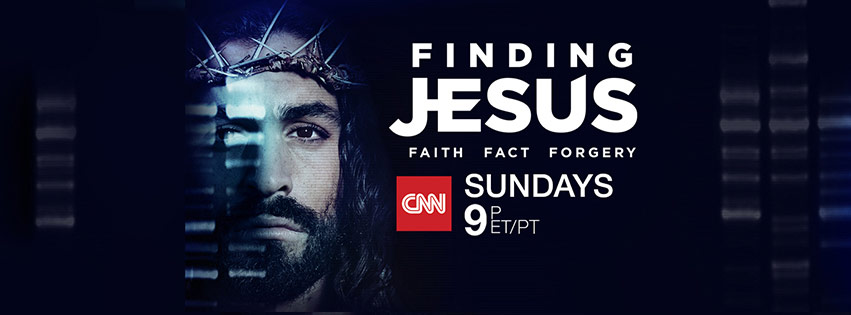|
|
|
Judas- traitor or friend of God; this is the question raised as we consider the codex discovered in the 1970’s found later to be “The Gospel of Judas” deemed heresy by the Bishop of Lyon in AD 180. The Gospel of Judas is the subject of this week’s installment of the CNN series Finding Jesus.
If you follow this blog you know I am fiercely passionate about the academy equipping the church. That is to say, I understand a good bit of my work to focus on building a bridge between scholarship and pastoral ministry rather than maintaining our long formed silos fashioned by history, schisms and creeds. I advocate for the formation of persons who are educated and informed about matters of faith, church history, theology and scripture. Part of the process, then, is confronting topics once discussed only in scholarly circles such as The Other Gospels. While the canon of the New Testament, formally named as only 27 books by Athanasius, Bishop of Alexandria in his Festal Letter of 367 AD, we now know there were many, many other writings. We call these works, the New Testament Apocrypha and among these letters are works that are also called Gospels. These other Gospels include, but are not limited to, Gospel of Mary, Gospel of Thomas, Gospel of Phillip and Gospel of Judas which we are delving into here. Judas is a codex of fragments that have been reconstructed and debated for years since the first translation published in 2006. In the Gospel of Judas, the author presents Judas’ first person account of life with Jesus. In the pieces of recovered text, Jesus is found imparting to Judas secret knowledge through visions and Judas is ultimately entrusted with the difficult task of turning Jesus over to the Sanhedrin so that the will of God can be accomplished. Here Judas does the hard thing for the good of the world. Further, the followers of Jesus, namely the disciples, are depicted here as utterly clueless and in a nightmare scene, their futures are revealed as blood soaked debauchery and doom. Since Judas is dated to the second century it is interesting that what is offered is a picture of people sworn to the cause of Jesus who are doing anything but living according to his teachings. Essentially, those who Jesus places in leadership think they are doing the right thing but they are not. Given the context of the second generation of the church, in Finding Jesus, Nicola Denzey Lewis suggests Judas is, “a political smear campaign against the people running the early church.” Scholars debate the translation of Jesus depiction of Judas in the text, while some have translated the greek diamon as “spirit” April DeConick and others read it as “demon” so that Jesus refers to Judas as the “thirteenth demon” so that the text does not vindicate Judas. Needless to say, this text and others offer us a window into history, a portrait of the early church, and invaluable information as to the tensions and issues inherent in the fledgling movement who had moved towards institutionalization. It is important to remember that Athanasius’ letter did not cause communities to abandon their deeply loved texts and these texts, outside of Athanasius named letters continued to inform church belief and practice.
2 Comments
3/17/2015 05:05:49 am
This is something I need to study. Thanks for sharing.
Reply
Leave a Reply. |
Subscribe Today for Free GiftBLOG
Archives
July 2019
Categories
All
|


 RSS Feed
RSS Feed